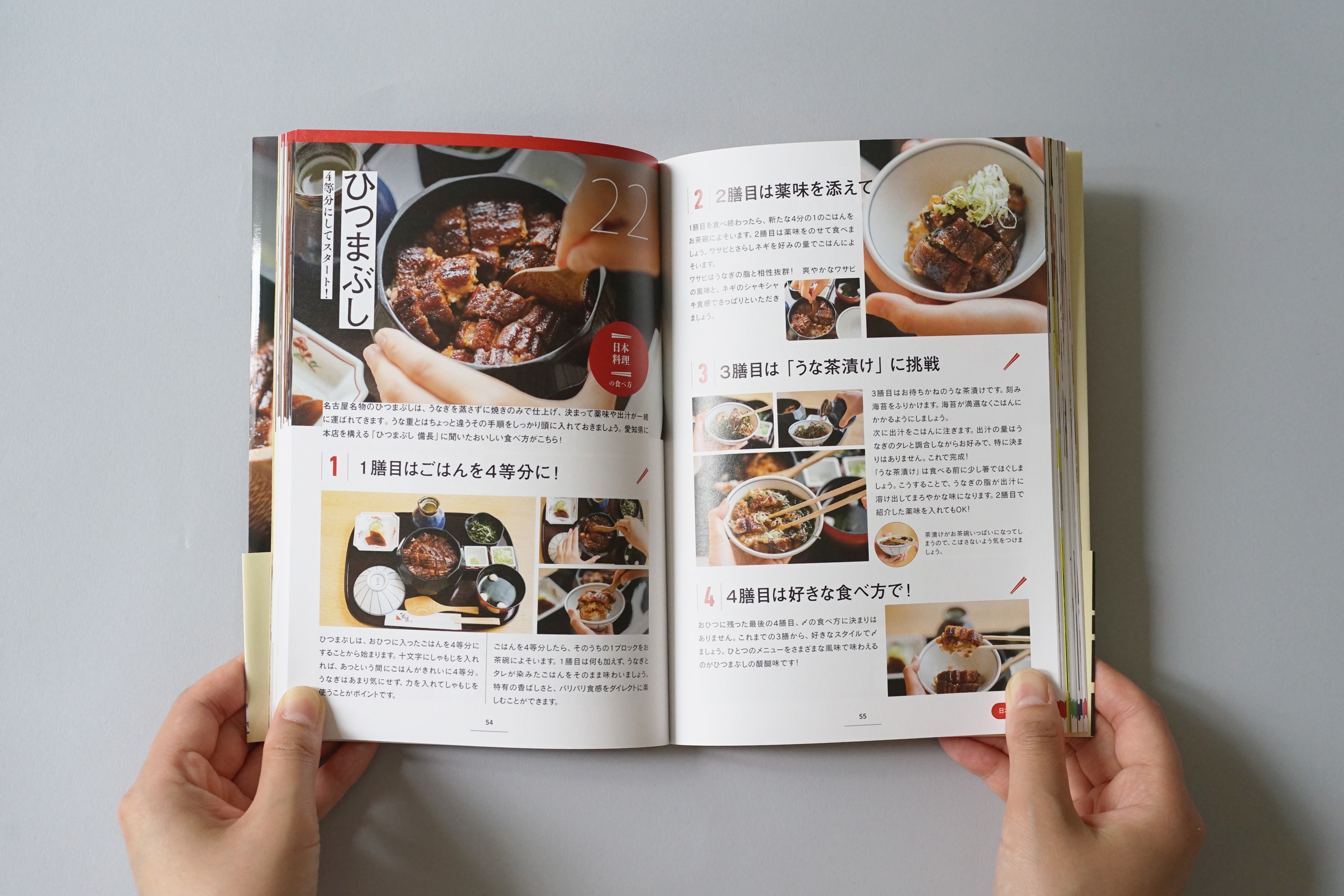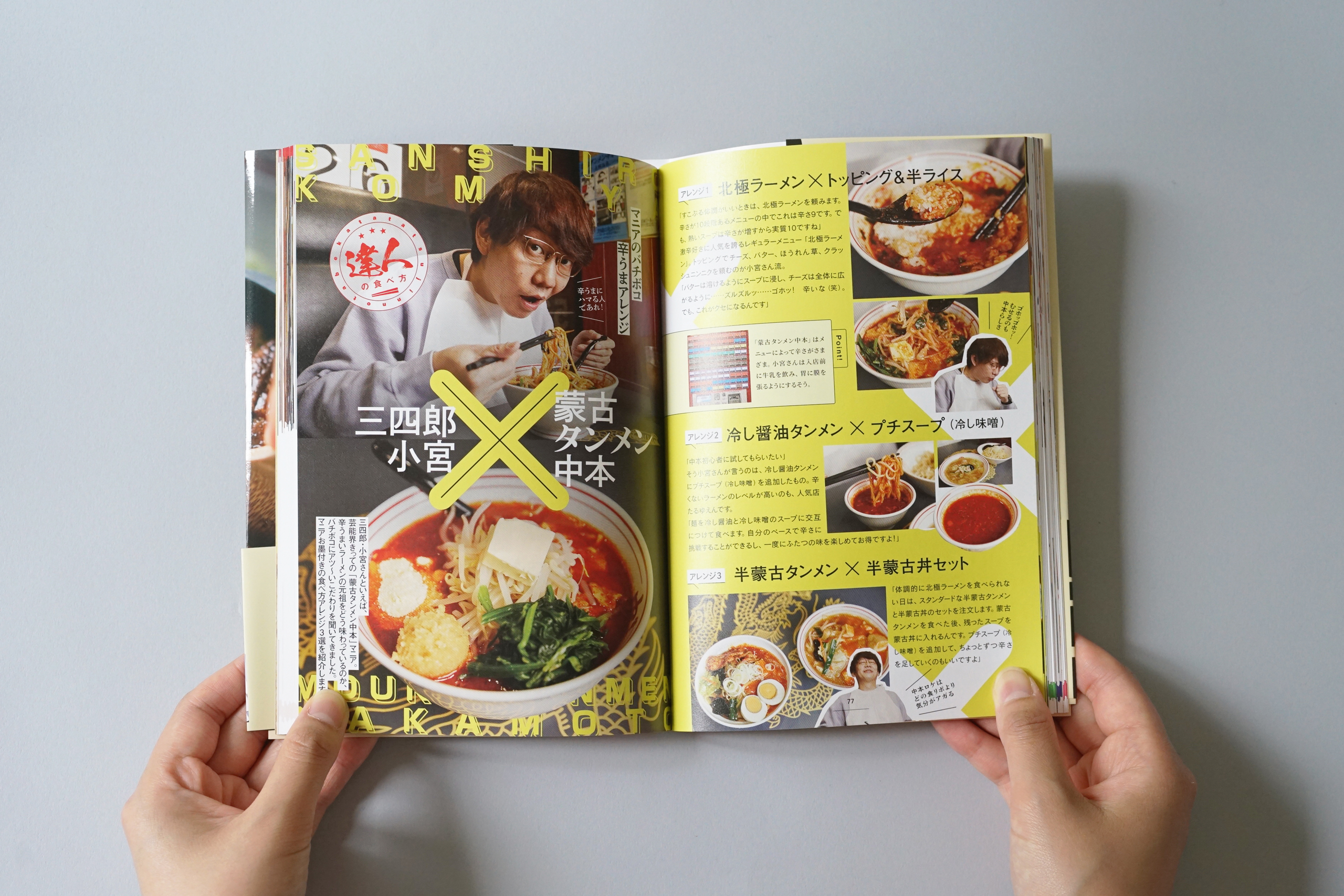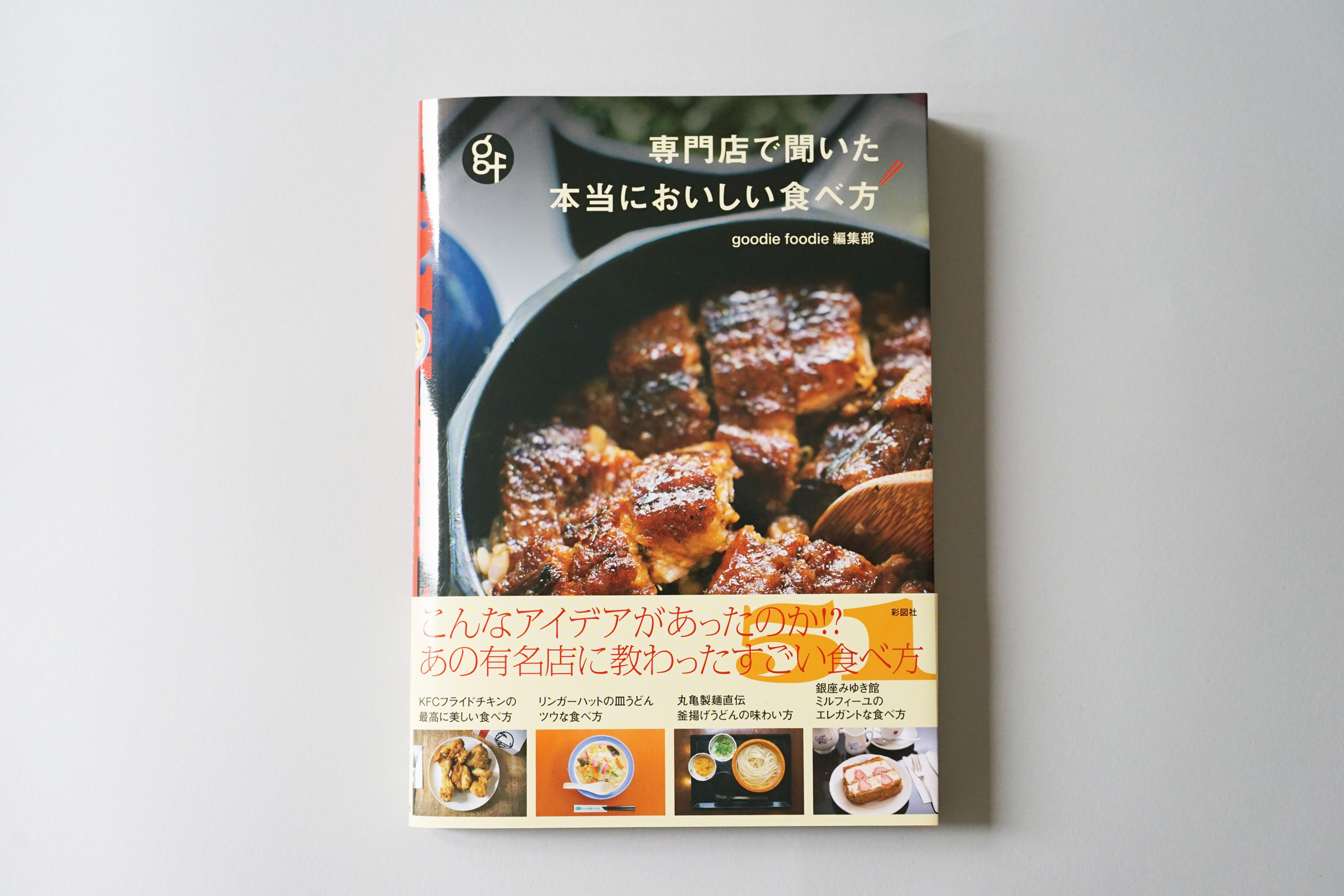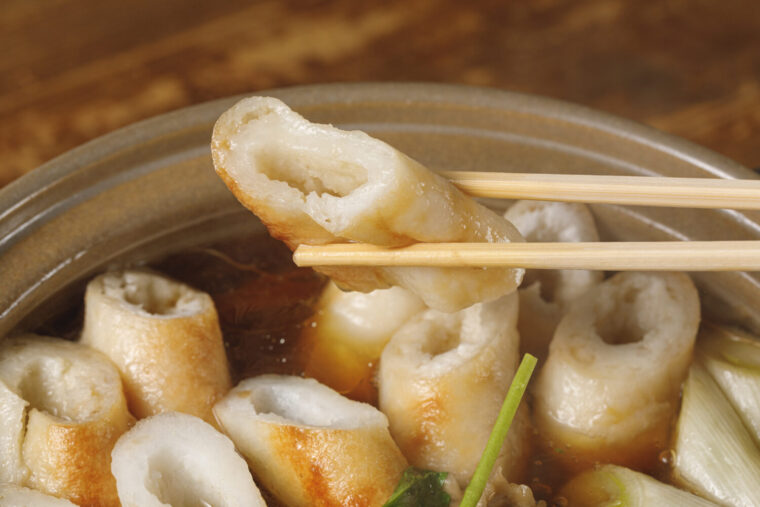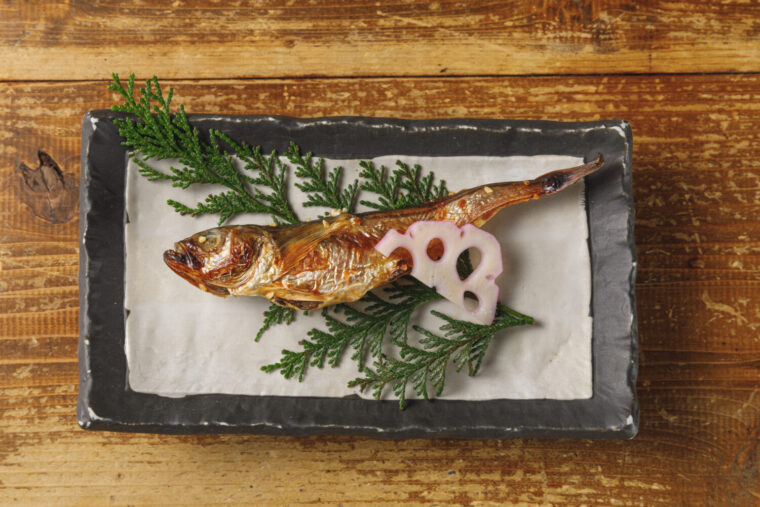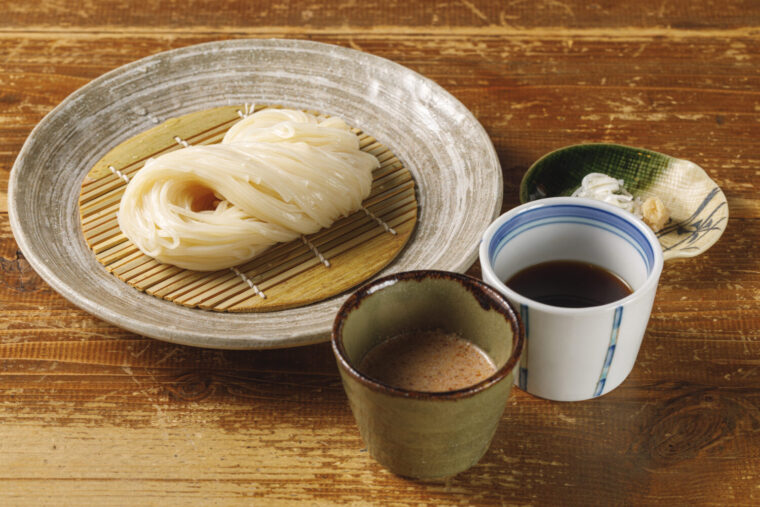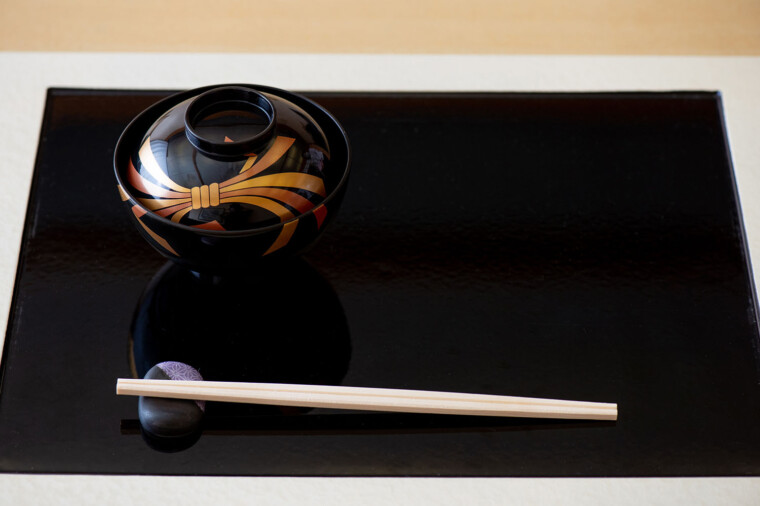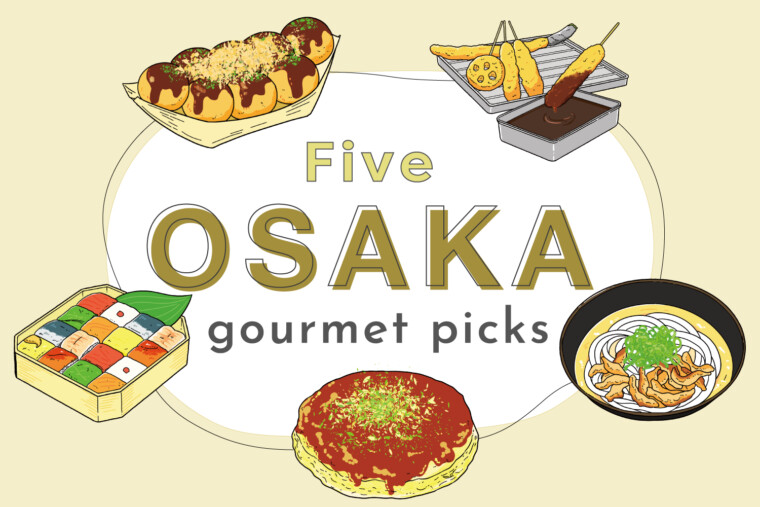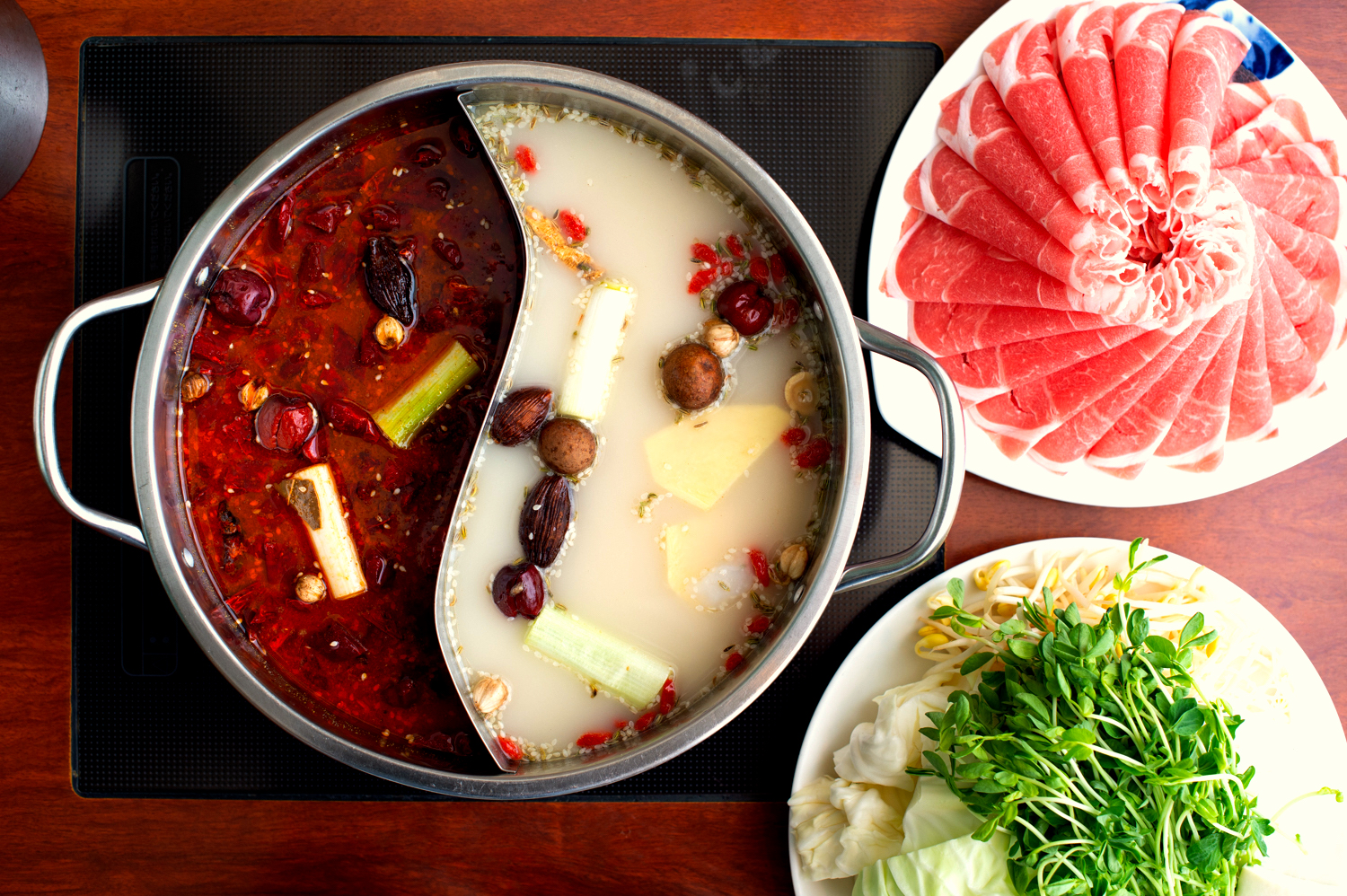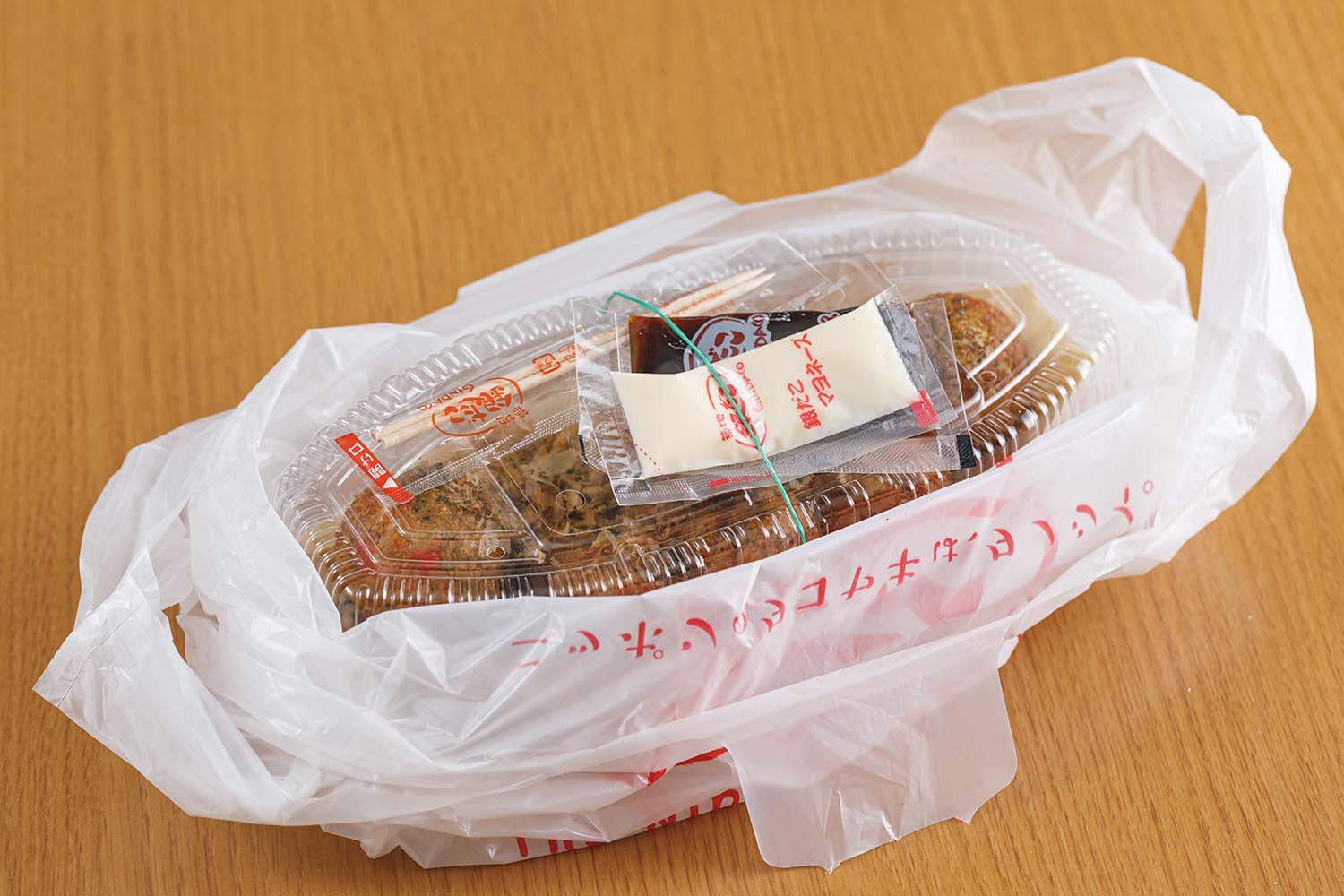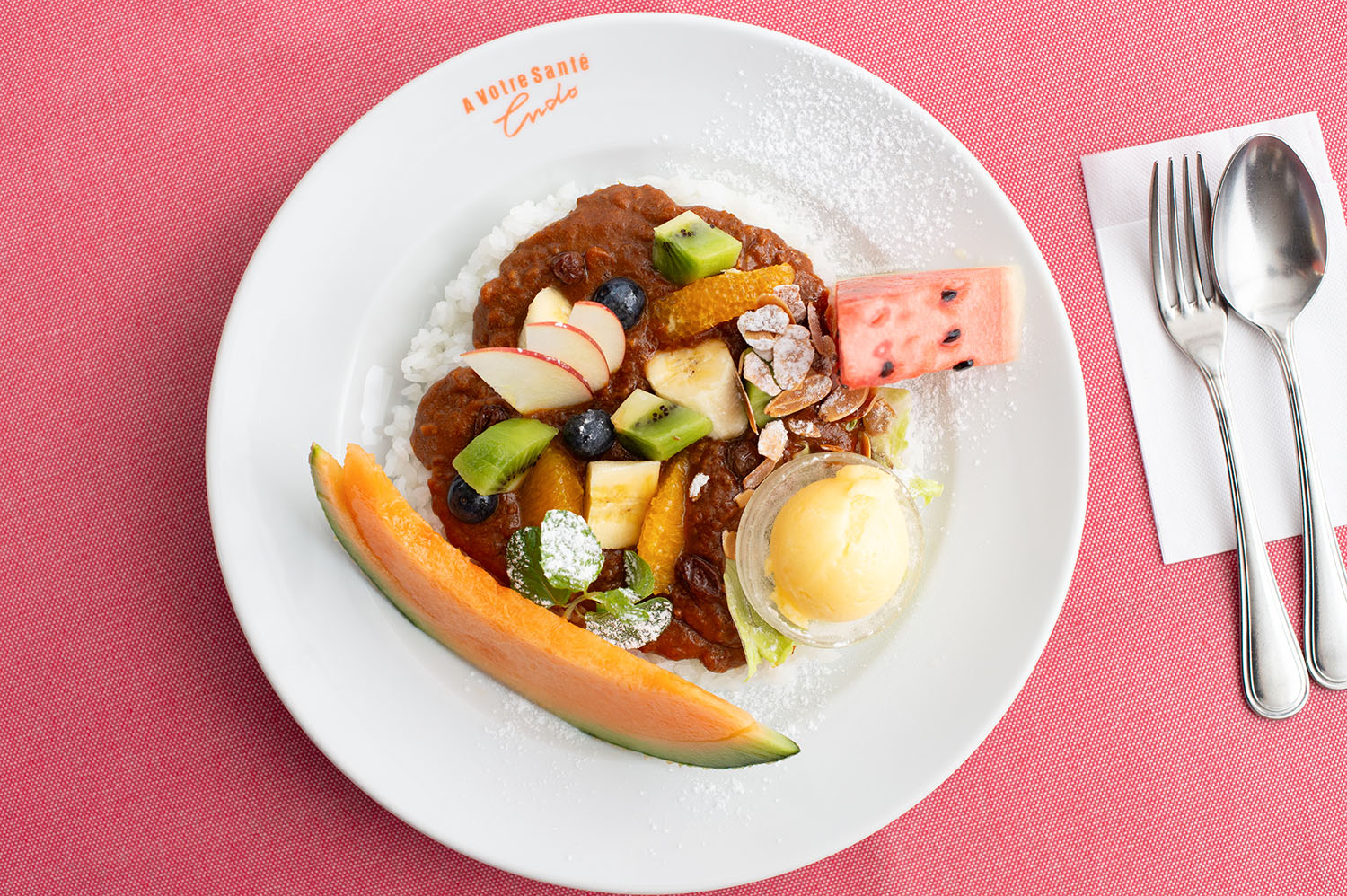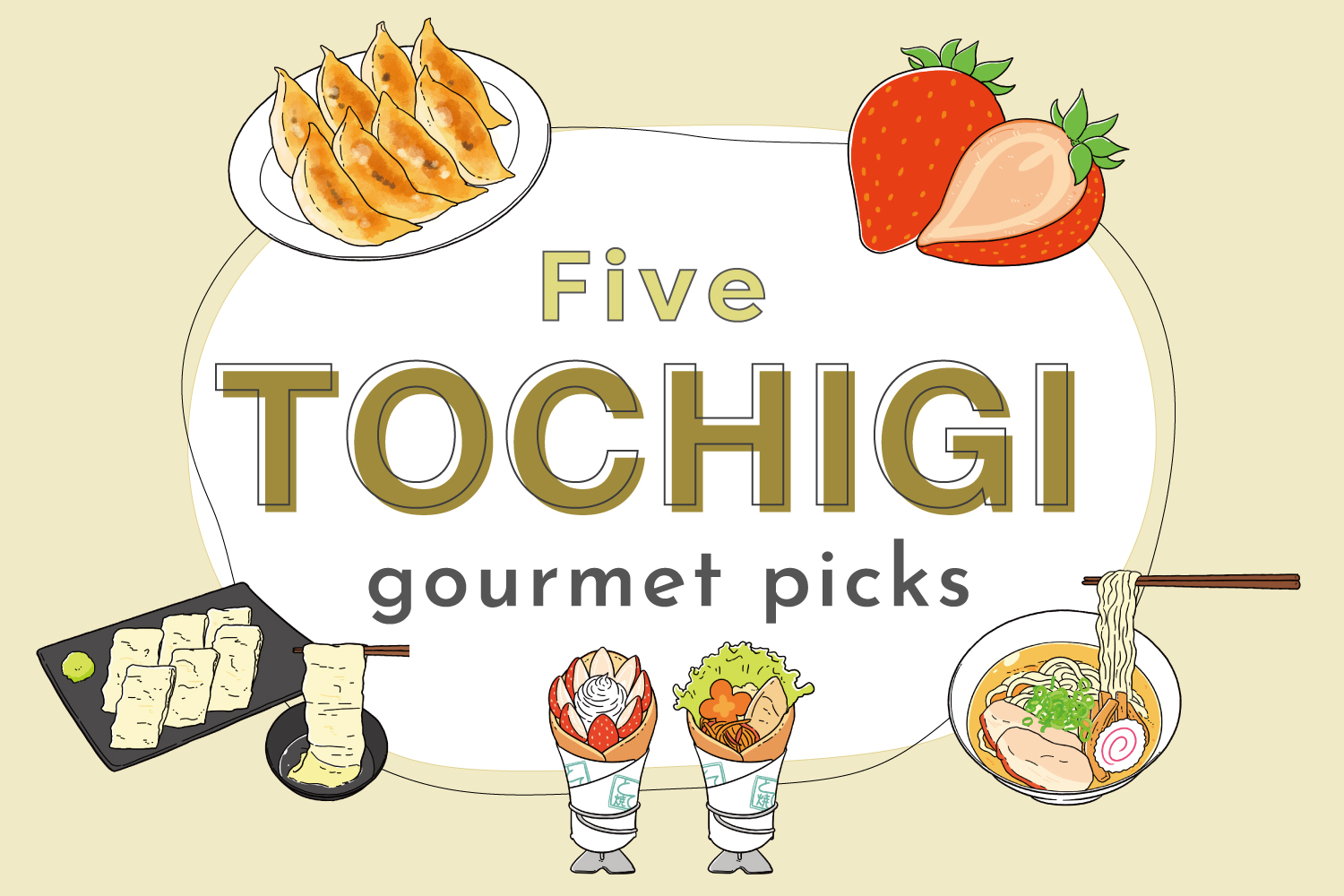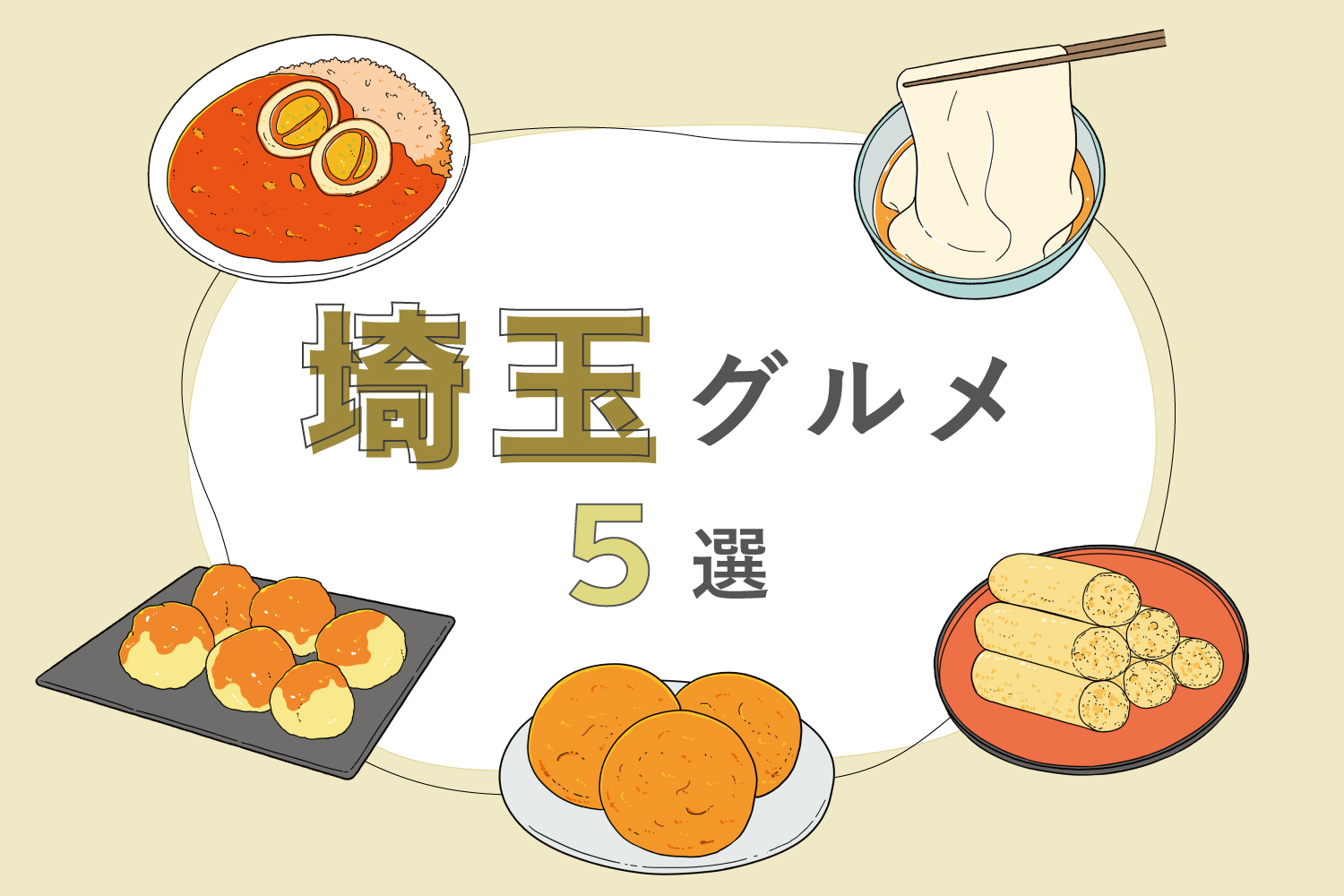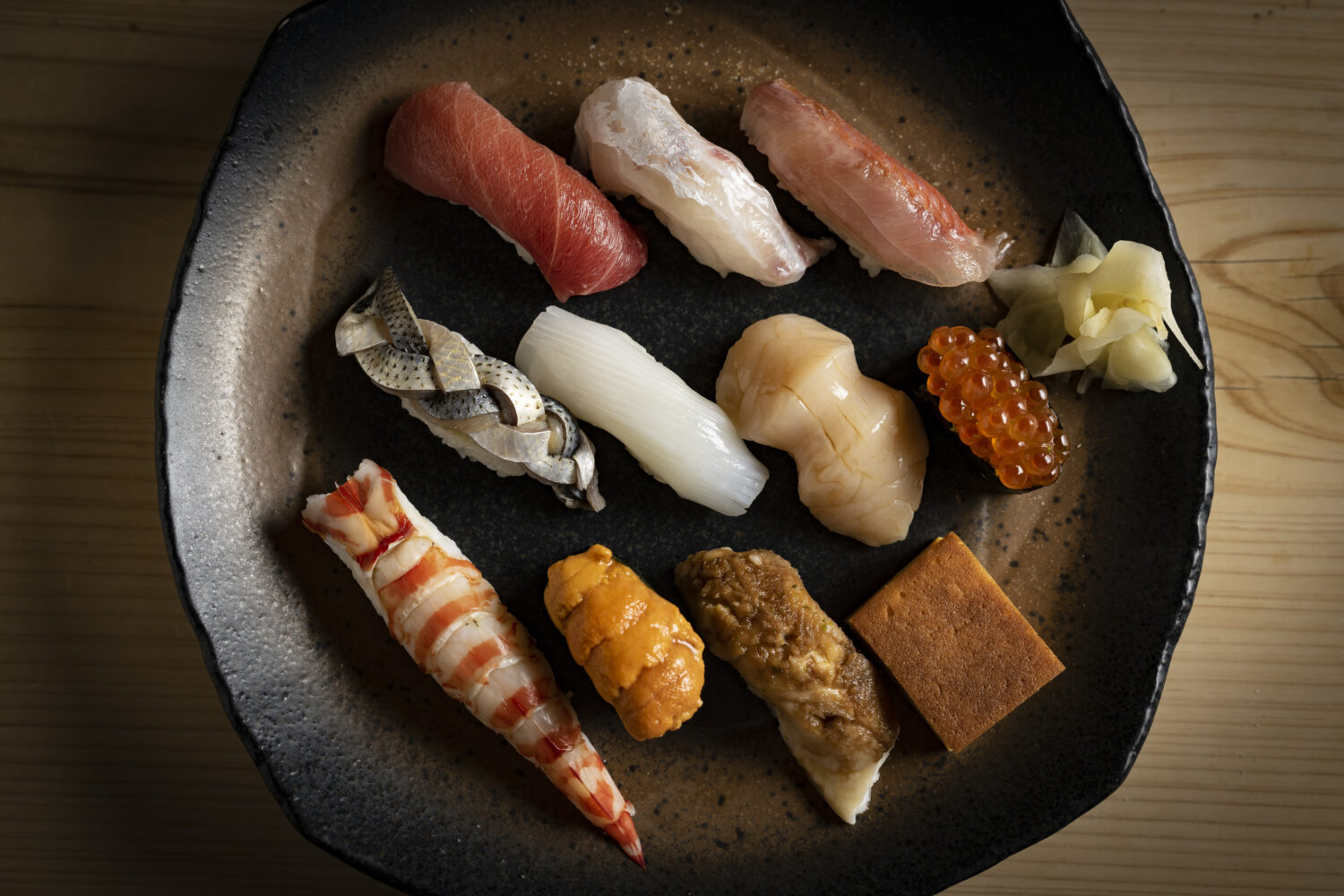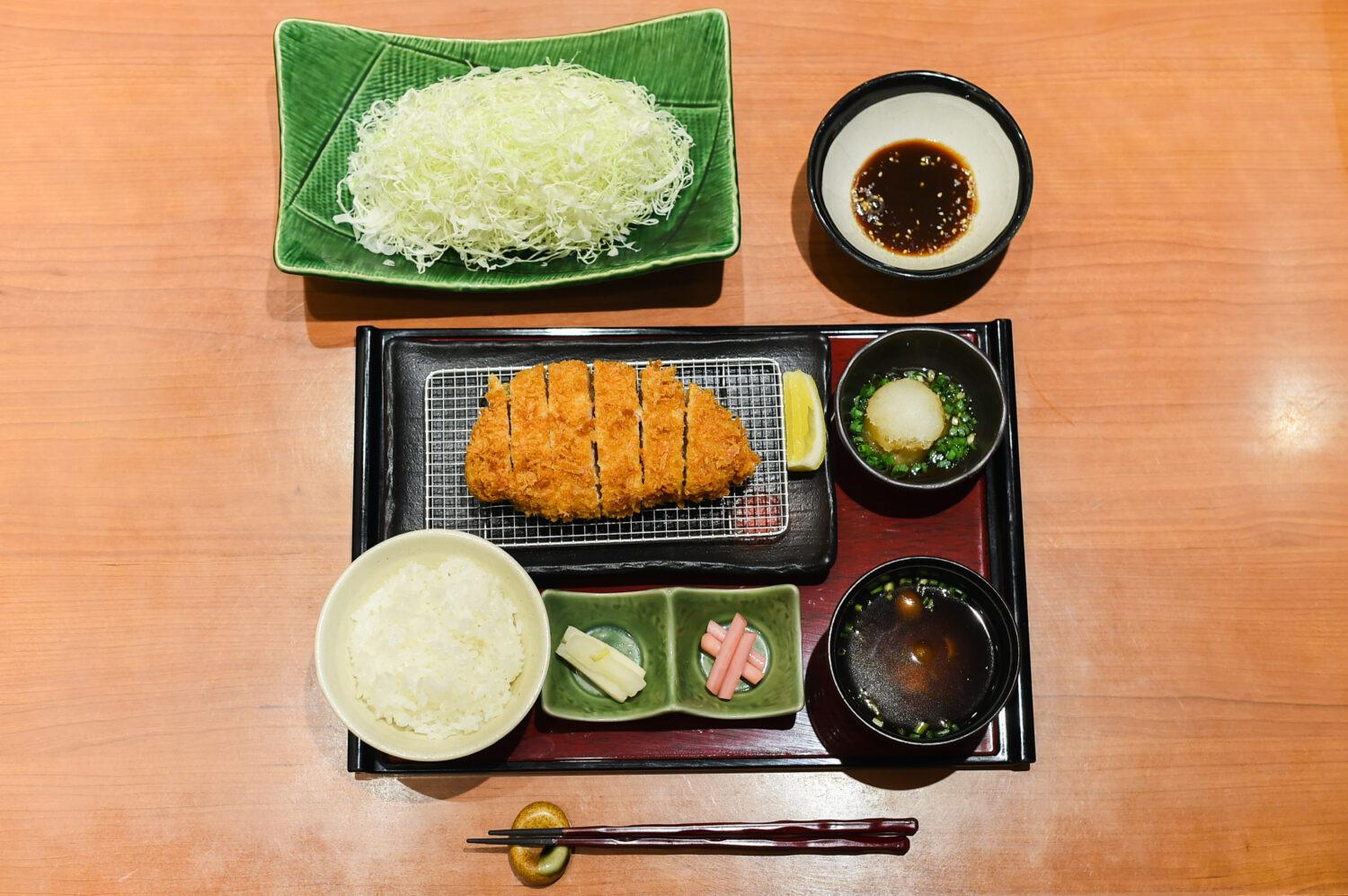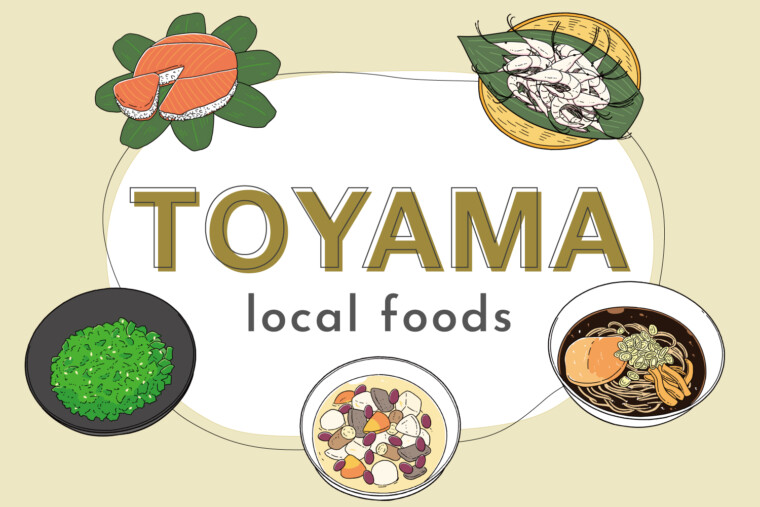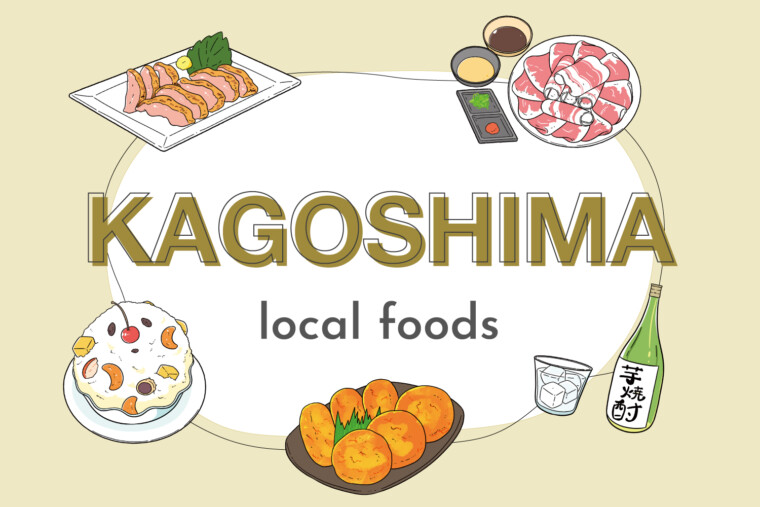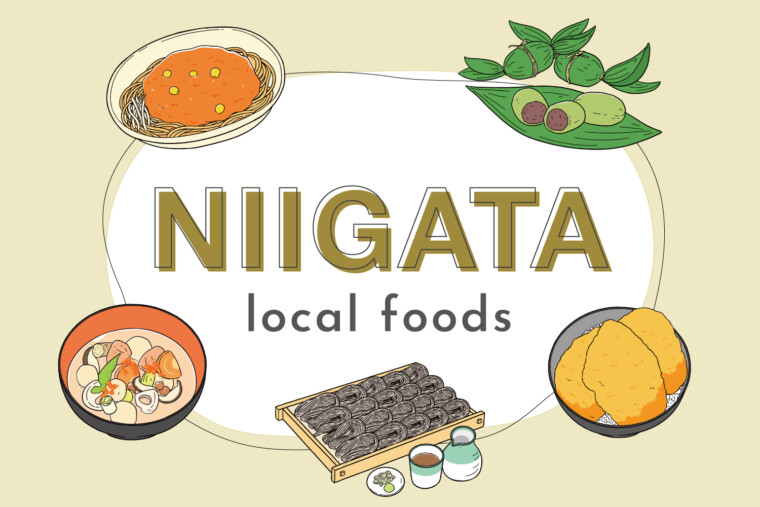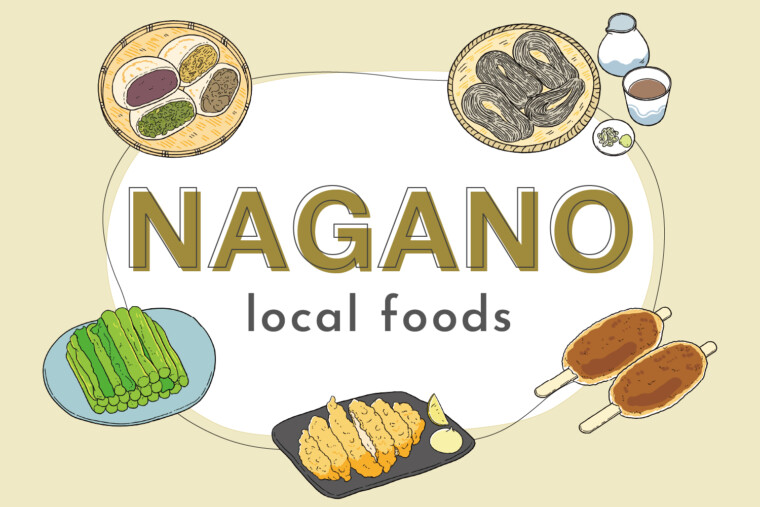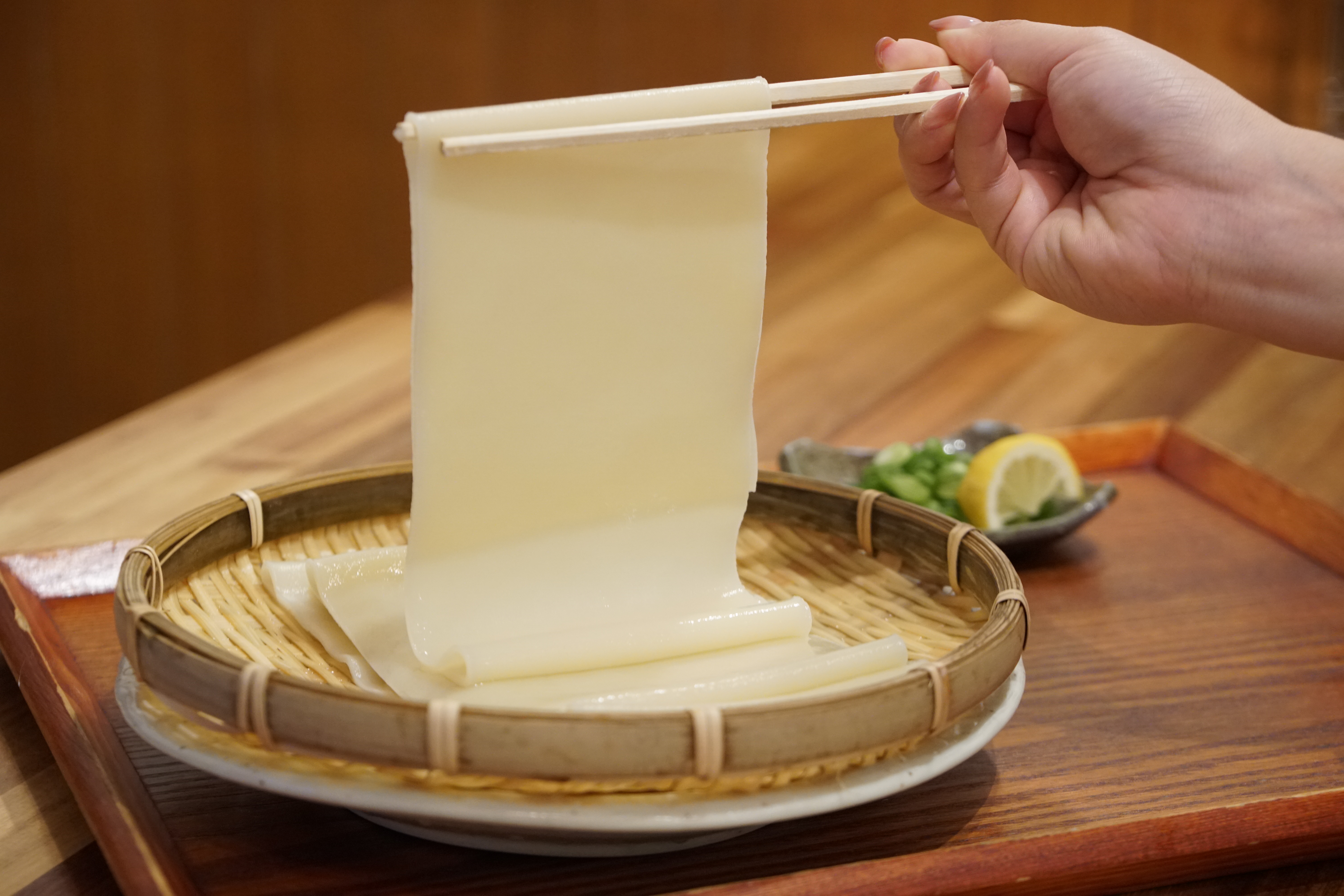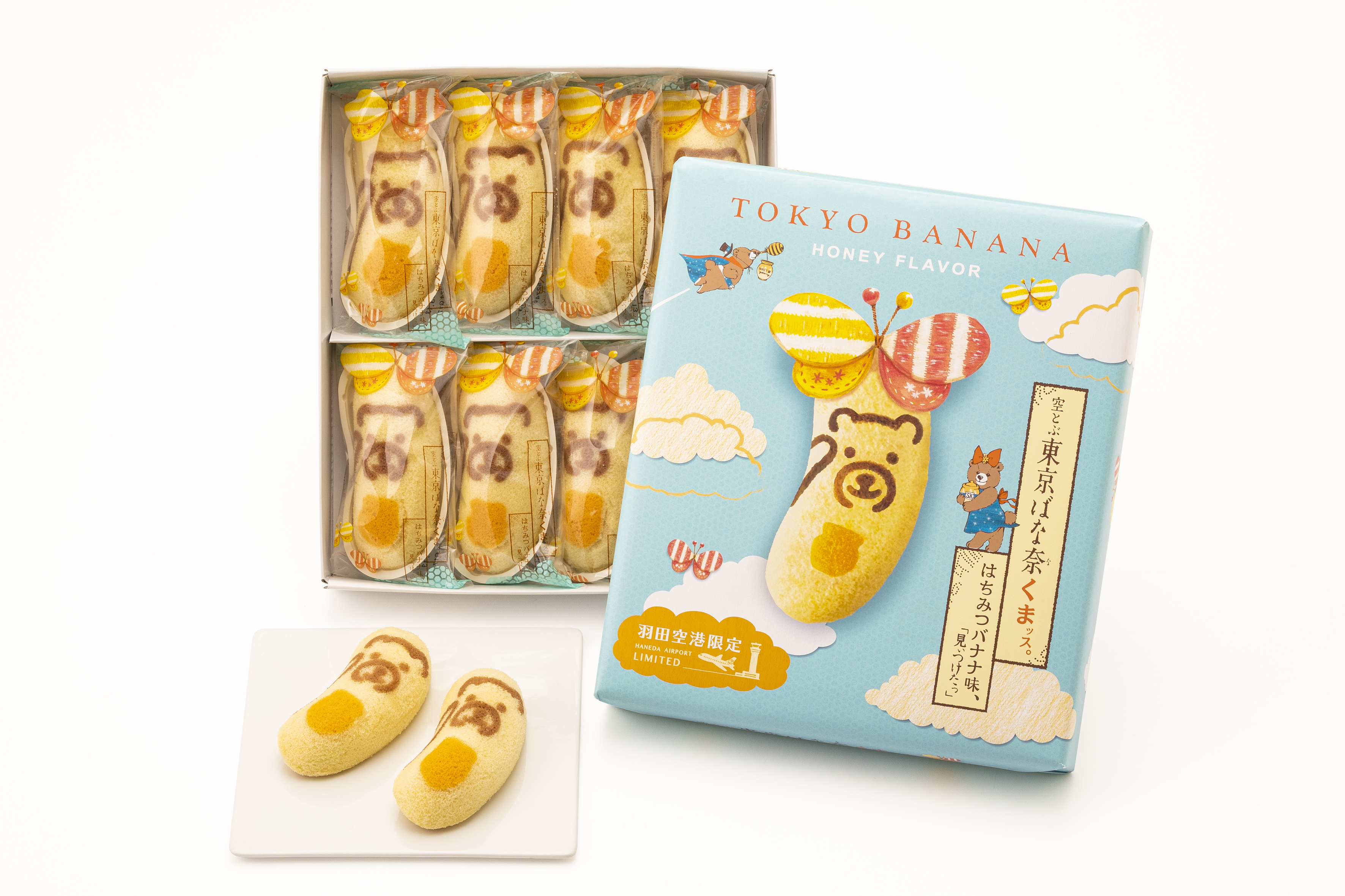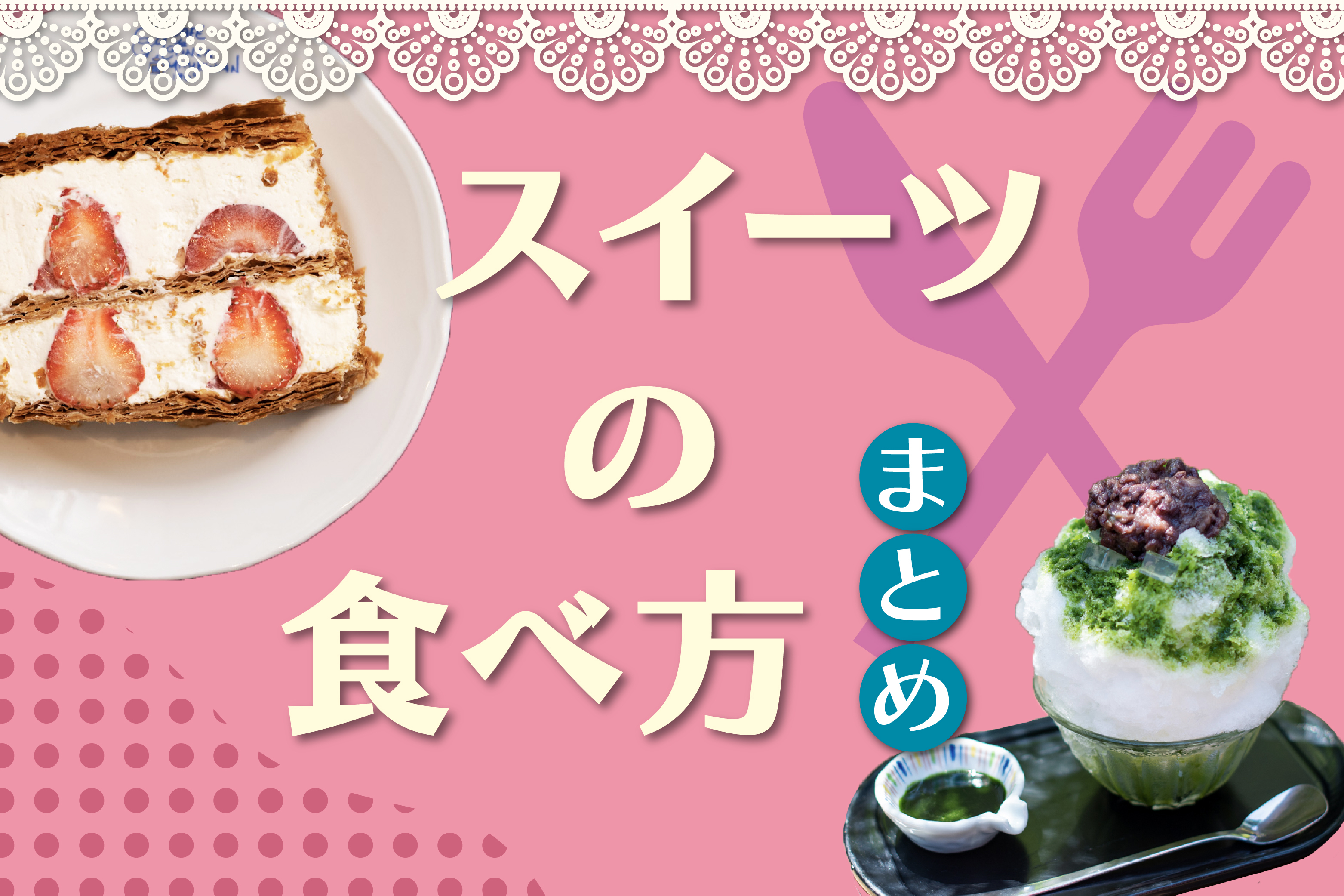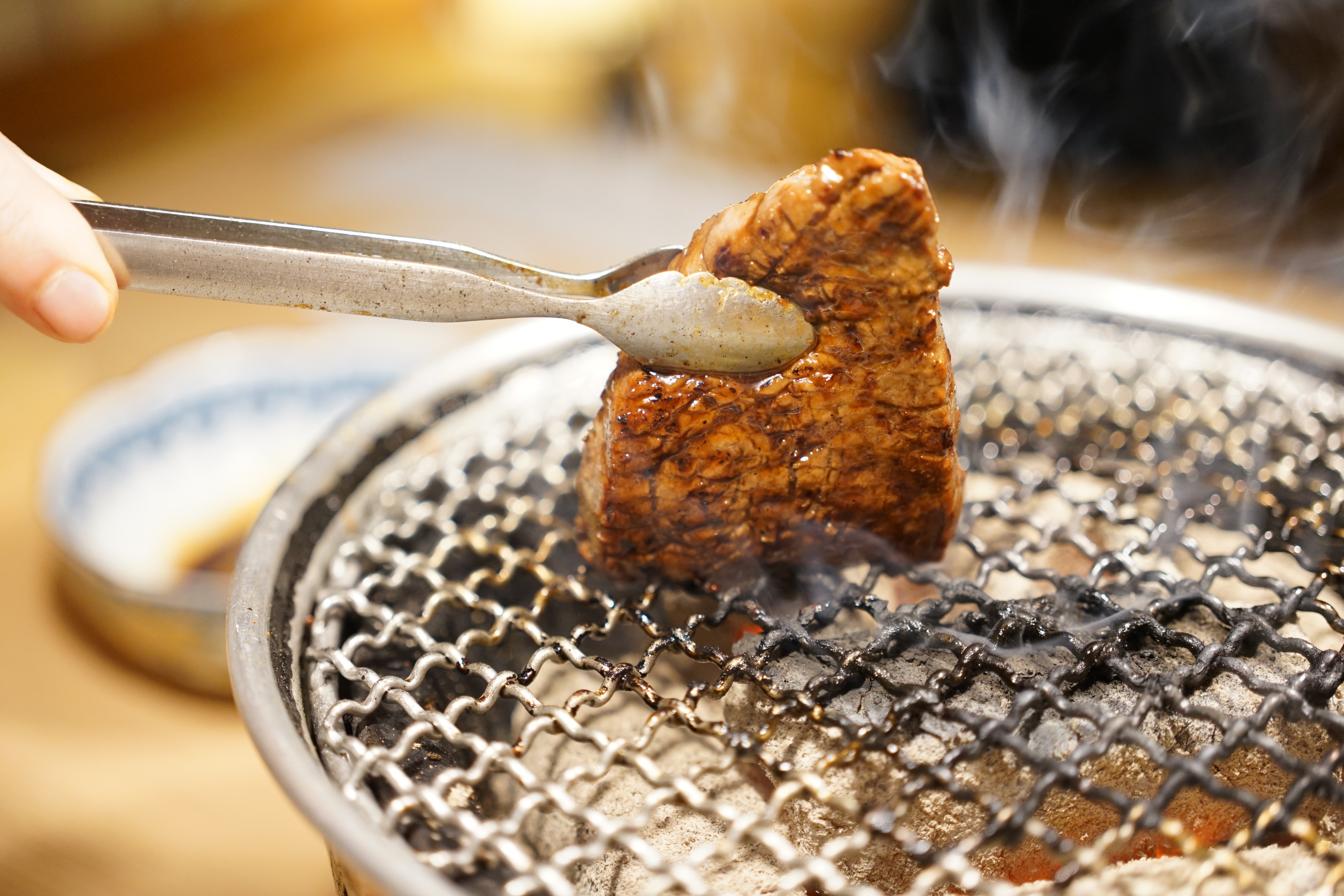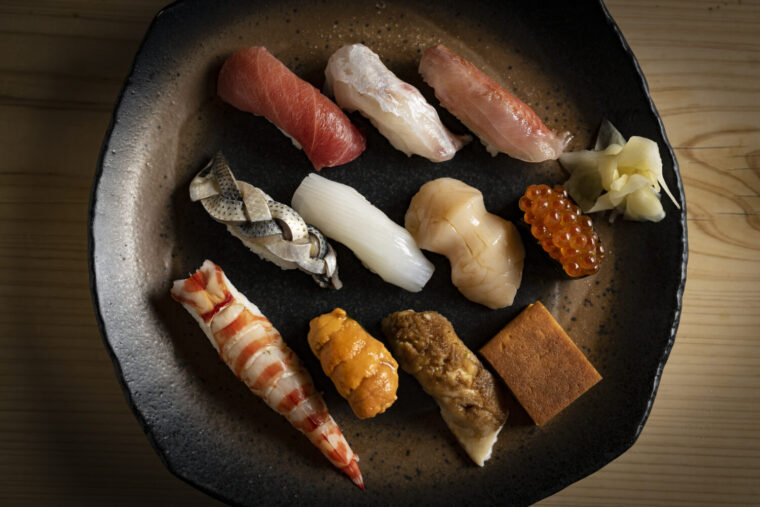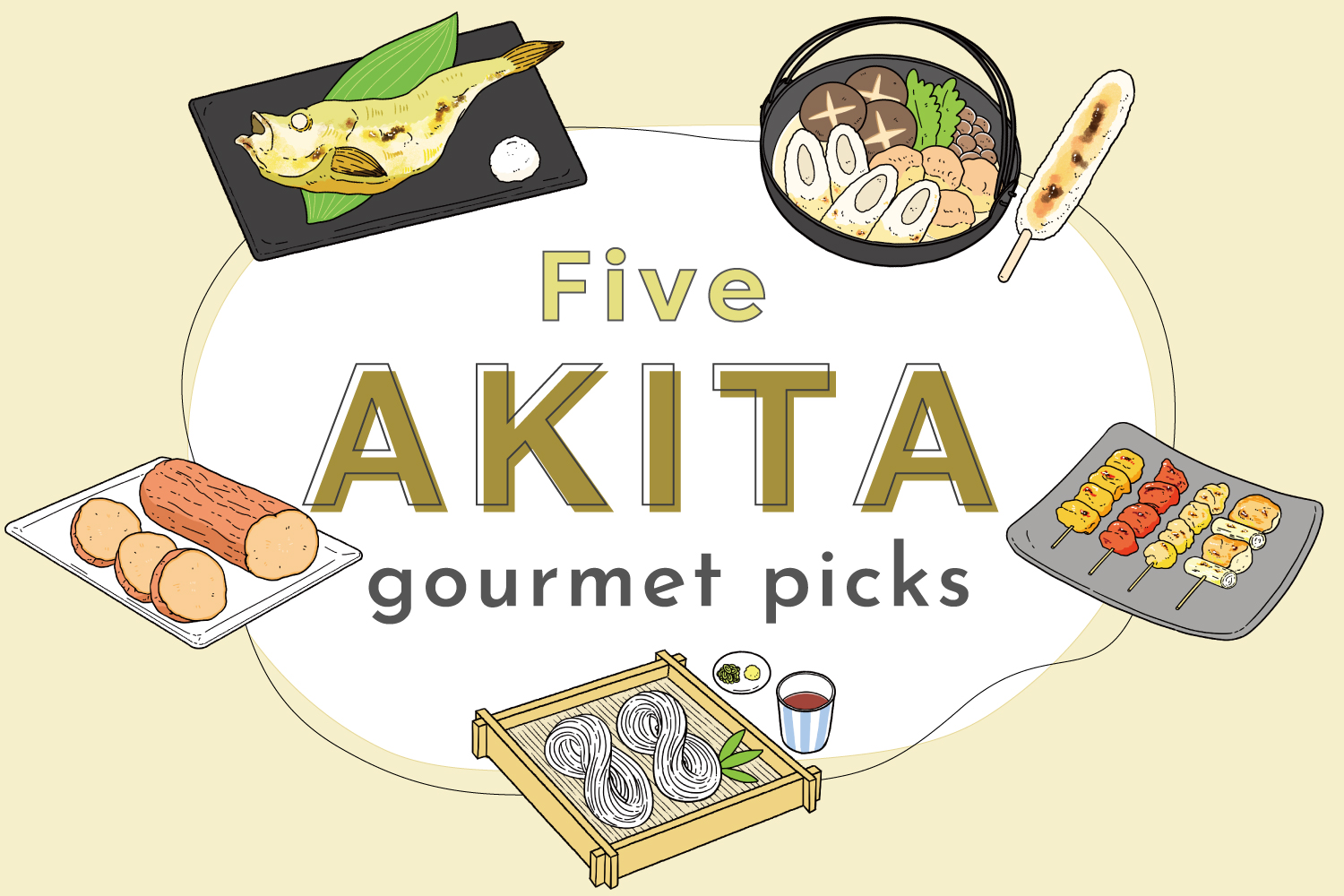
5 Local foods in AKITA | Iburi-gakko, Kiritanpo nabe, Hatahata, Inaniwa udon, and Hinai jidori
The prefecture of Akita is situated on the Sea of Japan side of the Tohoku region, the northeastern part of Japan’s main island of Honshu. High-quality spring water flows from the Ou Mountains into rivers, where it is used to cultivate superb rice, which is the primary ingredient of renowned local specialties such as nihonshu (sake) and kiritanpo (mashed rice skewers which are toasted around the hearth). Other delicious Akita specialties include iburi-gakko (smoked daikon radish), hatahata (sandfish), and Inaniwa udon (an artisanal style of udon made entirely by hand).
share:
Table of Contents
Taste created by traditional Akita customs “Iburi-gakko”
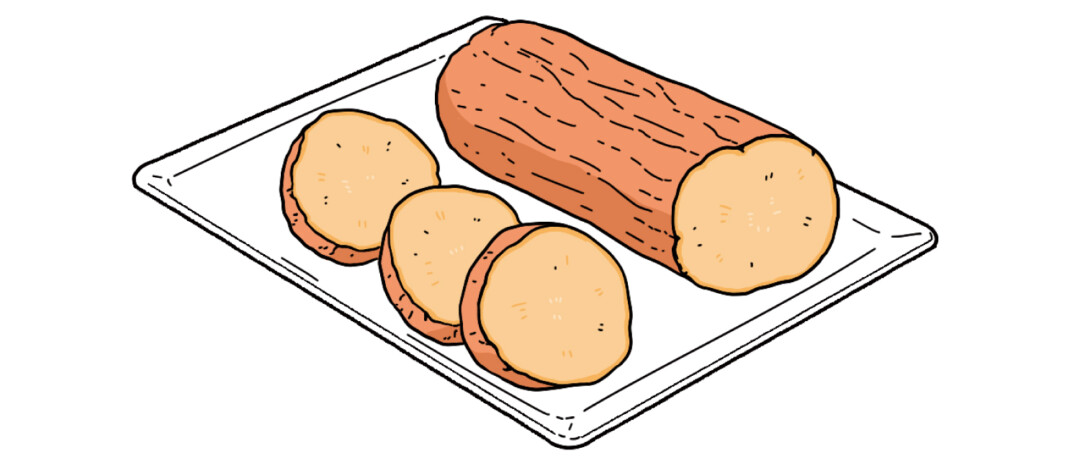
Iburi-gakko are daikon radishes which are preserved by smoking and then fermenting in nuka (rice bran). In the Akita dialect, tsukemono (Japanese fermented or pickled preserved vegetables) are called “gakko”.
During its history, Akita has faced serious food shortages during its severe winters, resulting in the gakko style of food preservation becoming firmly rooted in local food culture. In Akita’s winters, sunlight hours are short, and temperatures often drop below freezing, making it impossible to preserve daikon in the tenpiboshi (sun-dried) method. To prevent daikon from freezing, they were hung from rafters indoors. Daikon which were hung above the irori (hearth) became naturally smoked, and iburi-gakko was invented by fermenting these smoked daikon in rice bran.
The smoky fragrance allows iburi-gakko to easily pair with western spirits, and they can be arranged in countless ways, such as serving with cheese.
Akita’s popular hot pot in winter “Kiritanpo Nabe”
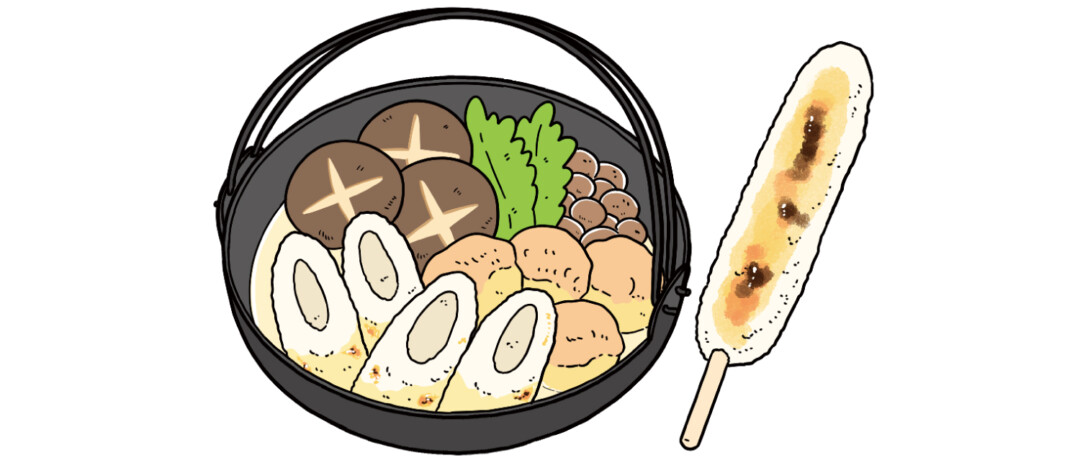
The origins of kiritanpo nabe, a hotpot featuring kiritanpo rice skewers toasted around the hearth, lie in the Odate and Kazuno regions of Akita prefecture. It was invented by people whose work took them deep into the mountains, such as hunters and charcoal makers, who mashed leftover rice, wrapped it around skewers, toasted it, and added it to chicken hotpot before eating.
Modern-day kiritanpo nabe is a household dish, and also holds a special significance during festivals to celebrate the new rice harvest and ceremonial occasions. This dish is a true expression of local hospitality.
The hotpot is prepared by simmering the hearth-toasted kiritanpo together with vegetables and mushrooms in a broth made from Hinai Jidori, one of Japan’s top three jidori (floor-fed or free-range chickens). This heartwarming dish is garnished with naganegi (long spring onion) and seri (dropwort).
Appearing in the stormy sea of Japan “Hatahata”
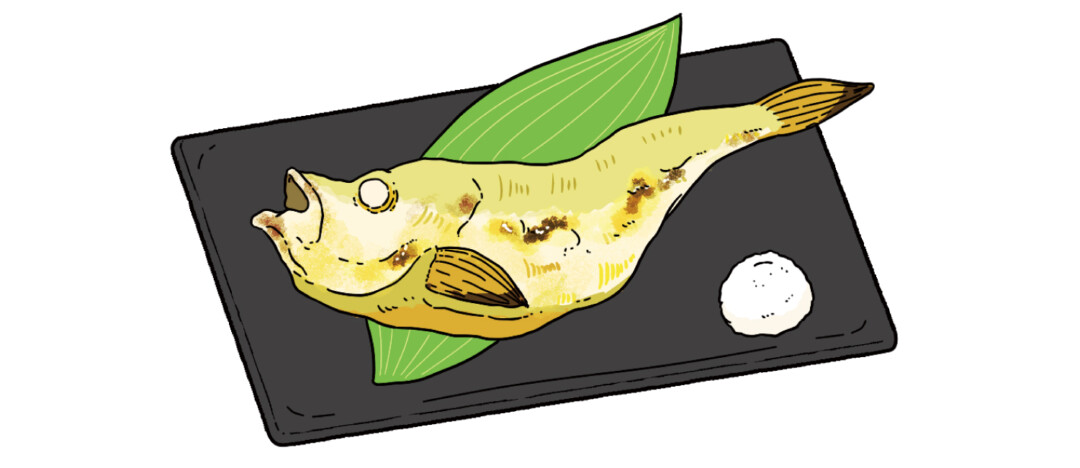
Sandfish usually live at depths of 500 meters, and only appear in coastal waters during their spawning season, when thunderstorms are frequent. Due to this habit, the sandfish’s Japanese name, hatahata, is derived from hatahatagami, an old word for “thunder”. This fish is also commonly known as kaminari-uo, which literally means “thunder fish”. Long ago, hatahata were caught in great quantities in the Sea of Japan along the west coast of Akita prefecture. It was enjoyed on a daily basis in many dishes, whether simply roasted, or as an ingredient in a hotpot or miso soup. In particular, the shottsuru nabe hotpot and hatahata sushi are widely known as beloved local dishes of Akita.
Passed down through traditional techniques “Inaniwa Udon”
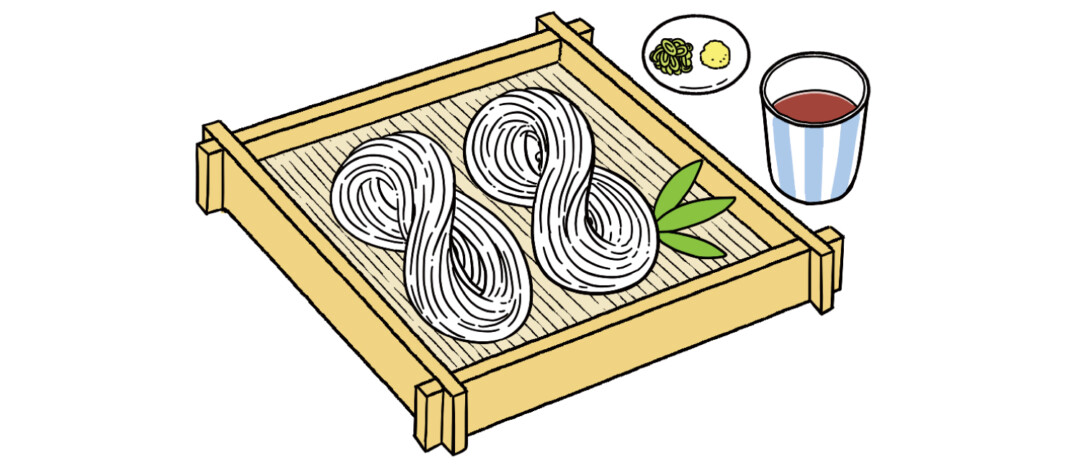
Inaniwa Udon is known as one of Japan’s three greatest styles of udon. With a history of over 300 years, the style traces its roots to dried udon made in Inaniwa-cho, Yuzawa City using local wheat flour. During the Edo period (1603-1867), these dried noodles were acclaimed as a luxury, and were delivered to the Akita Domain for use as gifts to other domains. Originally a preserved foodstuff for use during winter, Inaniwa Udon can still be purchased as a dry noodle today.
Inaniwa Udon noodles are characteristically thin, flat, and firmly toothsome. During hot weather, they are often enjoyed cold dipped into mentsuyu (Japanese noodle soup base), whereas serving hot in broth is common during cold weather.
Ancestors were annual tributes paid to the lord “Hinai Jidori”
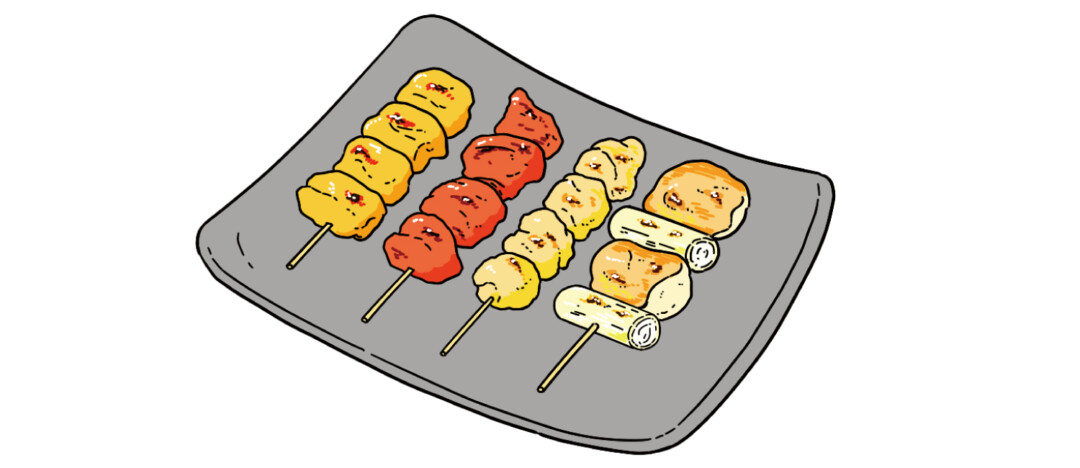
Hinai Jidori is acclaimed as one of Japan’s three greatest jidori (Japanese free-range chickens). Its ancestor is Hinai-dori, which was paid as tribute to the feudal lord during the Edo period (1603-1827). From the age of 28 days, the chickens are raised in the hiragai (cageless, floor-feeding) or hanashigai (free-roaming outdoor) environments. After 160 days, the chickens are checked for maturity and incrementally shipped. After passing strict poultry inspections, the meat, which is characterized by its deep red coloration and pleasantly toothsome texture, is finally approved as Hinai Jidori. An indispensable ingredient for kiritanpo nabe (hotpot with hearth-toasted mashed rice skewers), this delicious local chicken is also commonly enjoyed in dishes such as oyakodon (chicken and egg on rice) and yakitori (skewered roasted chicken).
*The information is based on the time of reporting or creation, and may differ from the current situation.
share:










